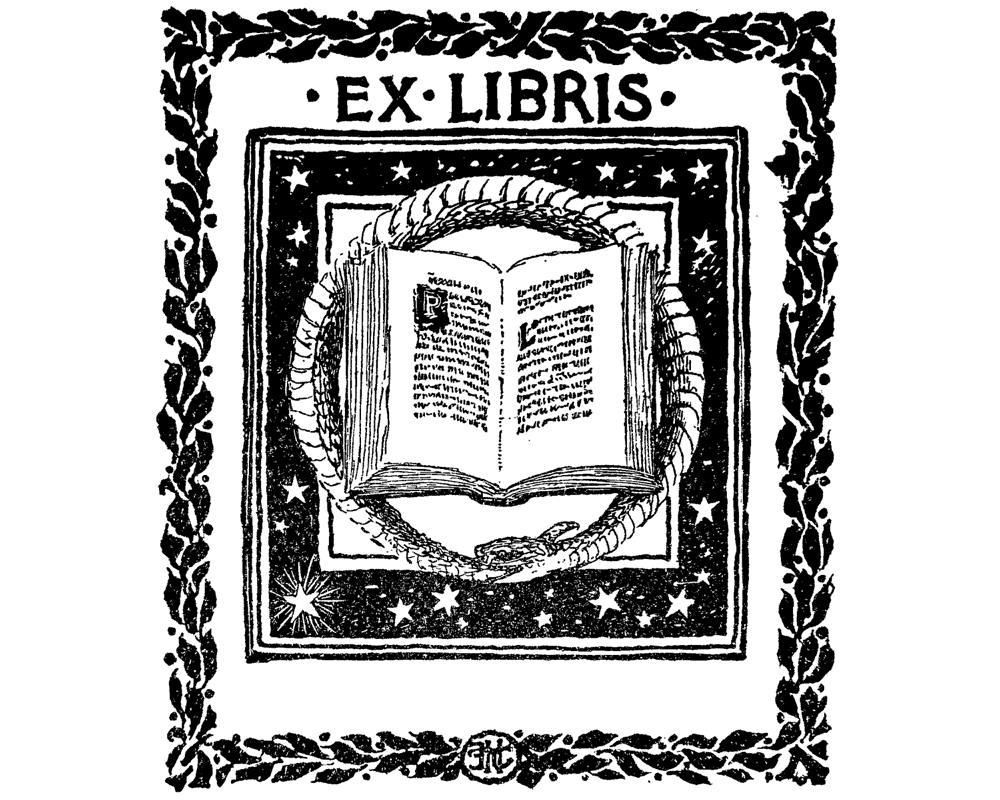
“‘Tis better to have loved and lost than to have never loved at all.”
― Alfred, Lord Tennyson, In Memoriam A.H.H.
In A Severe Mercy: A Story of Faith, Tragedy, and Triumph, Sheldon “Van” Vanauken weaves the captivating tale of his own deep love and subsequent loss. The book opens much in the same manner of Daphne du Maurier’s Rebecca — a moonlit walk back to his family’s estate, Glenmerle, so full of memories that they practically transcend reality. Vanauken’s engagingly artistic and poetic writing style, so beautifully embodied in his mystical introduction, gives his poignant and raw memoir the cadence of a waltz between two lovers. The book is also full of Van’s original poems on various events and periods of his life, but most of all they illustrate the various seasons of his love to his wife, Davy.

“We met angrily in the dead of winter,” writes Vanauken of his first encounter with Davy. The relationship that blossoms out of their initial anger is the sort usually reserved for fairy tales or romantic novels. He writes that as “pagans” they erected a “Shining Barrier” (in essence the rules which would govern their relationship) in order to fortify their love against anything that could weaken it. Interestingly, one tenet of the Shining Barrier was not to have children. They were adamant that nothing ever breach the Shining Barrier and become more important to them than each other.
During World War II, Van was stationed at Pearl Harbor, and afterward he and Davy planned on living the simple but free lives of full time global sailors adrift on the small vessel they would christen the Grey Goose — named after that fowl that not only mates for life, but which never takes another mate if something happens to its first. While they were able to do some of the sailing they imagined, when the opportunity arose for them to study at Oxford, they decided to defer their ultimate purchase of the Grey Goose for a few years. It was at Oxford that the Vanaukens first encountered the writings of C. S. Lewis, as well as the man himself.
Their initial positions of Christianity were of scorn and incredulity, but as they met more and more people who defied their stereotypes, the Vanaukens decided that in order to have a fair opinion, they ought to better understand it. They thus began reading some of the books written by Lewis, a don at Magdalen College in Oxford. After reading a few books, Van decided impulsively to write Lewis, whom he describes as “a busy man whom I had never so much as seen” with some of his questions and objections. And so began a long, friendly correspondence discussing the theology and claims of Christianity, as well as an intimate and transformative friendship. Davy and Van did eventually convert, and the Shining Barrier was breached.
Not long after they moved back to America and settled in Virginia, Davy was diagnosed with a terminal illness and given six months to live at the age of 40. The second half of the book details their coping with this tragic blow and Van’s processing of grief and ultimate hope after her death. All the while C. S. Lewis remains a constant friend and support as well as counselor. It was not much later that Lewis’s wife was also terminally ill, and the letters exchanged between these two men show the doubts and pain with which they must wrestle to finally emerge triumphantly hopeful amid their tragedy.
This book is ideal for the hopeless romantic, the C. S. Lewis devotee, or someone processing grief. According to The Washington Post, “No brief review can do justice to the human depth of this book.” And while I heartily agree with this assessment, it was worth a try.










